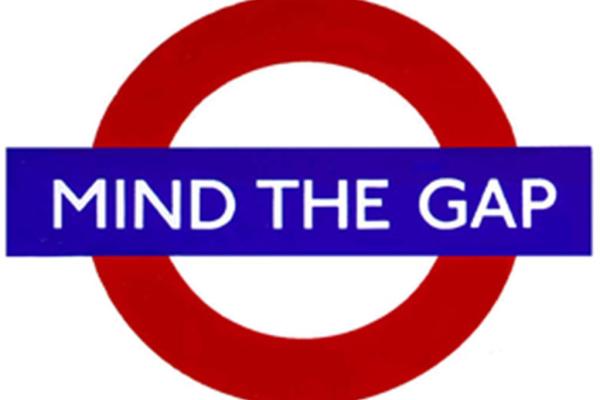Published on the 11/07/2016 | Written by Donovan Jackson

Poor digital experiences closely tied to loss of customer loyalty, advocacy and insights…
SAP has cast light on what is becoming an increasingly important component of doing business in the online world: the quality of digital experiences. The range of results, which span from 31 percent of consumers indicating ‘delighted’ and 37 percent ‘unsatisfied’, and a strong correlation between digital experiences and business outcomes, arguably illustrates the gap in which digital disruption is likely to happen.
With its inaugural New Zealand Digital Experience Report, SAP provides insight into how some of the country’s brands perform. The study also shows that digital experiences have an impact on business outcomes, including customer loyalty, Net Promoter Score, and – notably – consumers’ willingness to share private information.
The report is based on input from 2,500 consumers who rated over 6,500 digital interactions against 14 digital-experience attributes. It found over a third (37 percent) were unsatisfied with the digital experiences delivered. In contrast, 31 percent of respondents were delighted.
Brands that performed at the top of their industries include Bank of New Zealand, AA Insurance and Netflix, which scored highest in the media and entertainment sector and highest among all industries.
Those delighted with their digital experience are over four and a half times more likely to remain loyal to a brand than those unsatisfied. The Net Promoter Score for this segment is 69 per cent.
Of those unsatisfied, just 17 percent would remain loyal, while the NPS score for this segment is -54 percent.
With data at the core of being able to provide more personalised services (and therefore better digital experiences), it also emerged that happy customers will share more. Of the smiley faces, 40 percent would disclose buying preferences; 28 percent social media usage; 25 percent health records; and 21 percent browsing history. Compare that to the sad faces: 13 percent; 8 percent; 4 percent; and 4 percent respectively.
Those organisations which perform poorly on digital experiences are potentially ripe targets for the sort of disruption which has upended any one of a number of industries, with the most-oft cited being travel, tourism and accommodation.
Eight industries were assessed, with banking the top performer, closely followed by insurance; these sectors returned positive digital experience scores, with more delighted than unsatisfied customers. Retail groceries was the next best performing industry with a score of zero (an equal amount of delighted and unsatisfied customers).
Telecommunications, consumer goods retail and government were the three lowest scoring sectors; however, with New Zealand performing best in government among mature markets across the Asia-Pacific region.
SAP NZ MD Graeme Riley said the differences between consumer loyalty, advocacy, and willingness to share personal information highlights the urgency with which the country’s brands must prioritise improved digital experience delivery. “Brands that perform best in this new digital marketplace are those that unite their people and processes on a single system to deliver on their customers’ ever increasing demands,” he added.
Download SAP’s New Zealand Digital Experience Report.



























